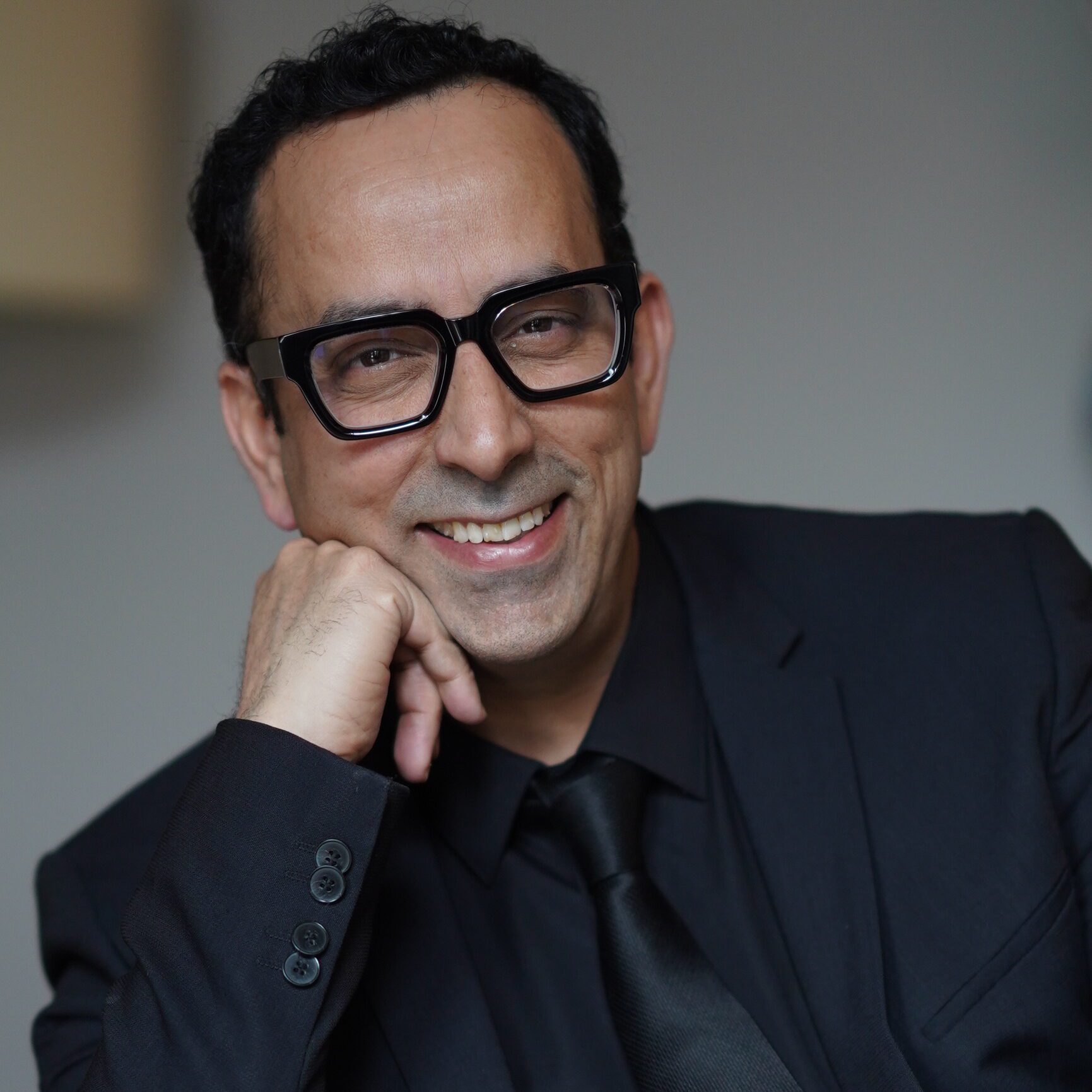By 2030, the global robotics market is expected to surpass $275 billion, with artificial intelligence (AI) playing a critical role in enabling robots to perform complex tasks in dynamic environments (Statista). The integration of AI and robotics is reshaping industries such as healthcare, manufacturing, and transportation, driving innovation and enhancing productivity. Visionary keynote speakers are leading discussions on this transformative intersection.
Thought leaders like Daniela Rus, Director of MIT’s Computer Science and Artificial Intelligence Laboratory (CSAIL), and Rodney Brooks, co-founder of iRobot, are shaping the future of AI-driven robotics. Daniela Rus emphasizes the potential of soft robotics combined with AI to adapt to human-centric environments, particularly in healthcare and home assistance. Her work highlights AI’s role in creating safer and more intuitive robotic systems.
Rodney Brooks, a pioneer in human-centered robotics, advocates for robots that work alongside humans rather than replacing them. His contributions, such as the Roomba vacuum, demonstrate how AI-driven robots can integrate seamlessly into daily life and industrial workflows, enhancing efficiency while minimizing disruption.
Applications of AI and robotics are diverse and transformative. In healthcare, AI-powered surgical robots enhance precision, reduce recovery times, and improve patient outcomes. In manufacturing, robots optimize production lines and reduce downtime through predictive maintenance. In logistics, autonomous robots streamline supply chains by handling tasks such as sorting, packing, and delivery. Additionally, in agriculture, robots equipped with AI monitor crop health and automate harvesting, increasing efficiency and yield.
Keynotes also address challenges, including ethical considerations, managing workforce displacement, and ensuring transparency in autonomous decision-making. Speakers stress the importance of interdisciplinary collaboration among technologists, ethicists, and policymakers to create solutions that prioritize societal benefits. Emerging trends such as swarm robotics, collaborative robots (cobots), and reinforcement learning in robotics are highlighted as innovations driving the future of AI and robotics.
Takeaway? The intersection of AI and robotics is not just advancing technology—it’s redefining the way humans and machines interact. Engaging with visionary keynote speakers equips developers, businesses, and policymakers with the insights to harness AI and robotics responsibly, driving innovation across industries.

